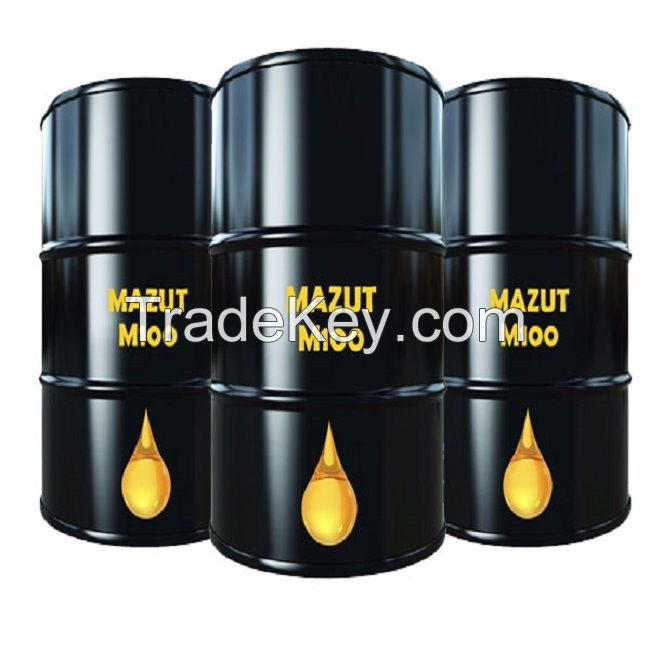详情
Mazut is a heavy, low quality fuel oil, used in generating plants
and similar applications. In the United States and Western Europe,
mazut is blended or broken down with the end product being diesel.
Mazut may be used for heating houses in former USSR and in
countries of Far East that do not have the facilities to blend or
break it down into more traditional petro-chemicals. In the west,
furnaces that burn mazut are commonly called "waste oil" heaters or
"waste oil" furnaces. Mazut***0 is a fuel oil that is manufactured
to GOST specifications, for example GOST *******5 or *9. (GOST is
the Russian system of standards, much like ASTM, for
example).
Mazut is almost exclusively manufactured in the Russian Federation,
Kazakhstan, Azerbaijan, and Turkmenistan. This product is typically
used for larger boilers in producing steam since the BTU content is
high. The most important consideration (not the only consideration)
when grading this fuel is the sulfur content, which can mostly be
affected by the source feedstock. For shipment purposes, this
product is considered a dirty oil product, and because viscosity
drastically affect whether it is able to be pumped, shipping has
unique requirements.
Mazut is much like Number 6 Oil, and is part of the products left
over after gasoline and lighter components are evaporated from the
crude oil. The main difference between the different types of
Mazut***0 is the content of sulphur.
The grades are represented by these sulfuric levels: • Very Low
Sulphur is mazut with a sulphur content of 0.5% • Low Sulphur is a
mazut with a sulphur content of 0.**1.0% • Normal Sulphur is a
mazut with a sulphur content of 1.**2.0% • High Sulphur is a mazut
with a sulphur content of 2.**3.5% Very Low Sulfur mazut is
generally made from the lowest sulfur crude feedstocks. It has a
very limited volume to be exported because: difference between
origins, and the main difference is the price. The Russian origin
mazut demands higher prices.
